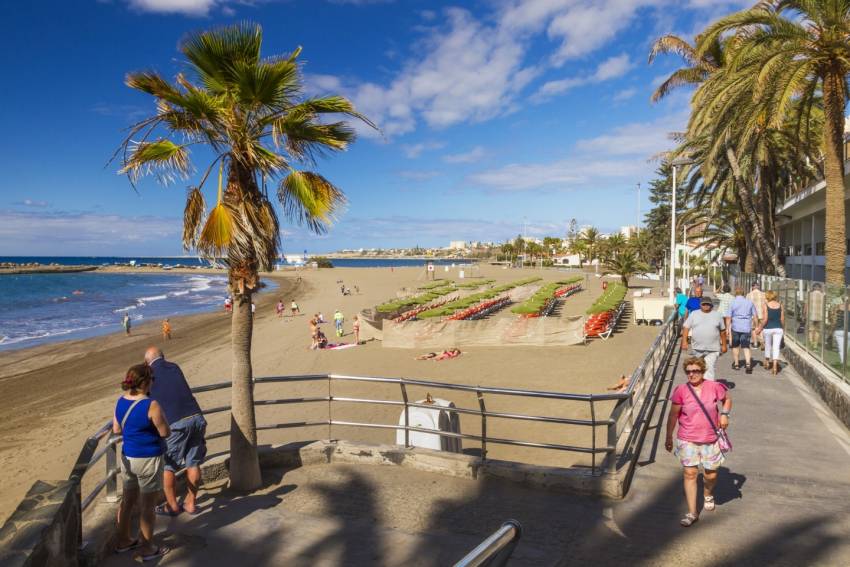What's On In Gran Canaria In January
January may be the height of winter across Europe but here in Gran Canaria there's plenty of outdoor events in the sunshine. If you're on the island this month, here's the top things to see and do.
Gran Canaria Weather in January: Winter What Winter?
Gran Canaria in January is about as far from winter as you get in Europe. The average high temperature is 21ºC but it often reaches 25ºC on the beaches and in the resorts. The average low temperature is 15ºC (in the middle of the night). That’s as ‘cold’ as Gran Canaria gets!
The island gets an average of just three days rain during January but we have to say that every few years a big storm comes through and we get a few wet January days in a row.
You can sit on the beaches during January between 10.00 and 16.00 and by a sheltered pool for longer. In the evenings take a fleece or a jumper as it feels cool when you sit outdoors.
These figures are from the coast. The interior of Gran Canaria in January is a different world. It snows very few years and frost does happen above 1500 metres at night. Even on sunny days it gets cold in the Cumbres so take layers when you visit. January is a great time to visit the Gran Canaria mountains because all the almond and fruit trees are in blossom.
For a January sunshine holiday Gran Canaria is an ideal destination. It’s sunny most of the time and there is plenty to do on the odd cloudy day. See you on the beach!
Gran Canaria Info recommends:
- Default
- Title
- Date
- Random
Join the Gran Canaria Info newsletter list
Gran Canaria info recommends
-

Off The Beaten Track With A Gran Canaria Buggy Trip
-

Which Gran Canaria Airport Transfer Service Is The Best?
-

The Best Value Car Rental Service In Gran Canaria
-

Gran Canaria Shopping: Start At Fundgrube For Price & Quality
-

Hassle-Free Gran Canaria Car Hire
-

Casa Romantica: A Classic Gran Canaria Restaurant Reborn
- 1
Follow us on Facebook
Tip of the day
Latest articles
Who's Online
We have 8108 guests and no members online








